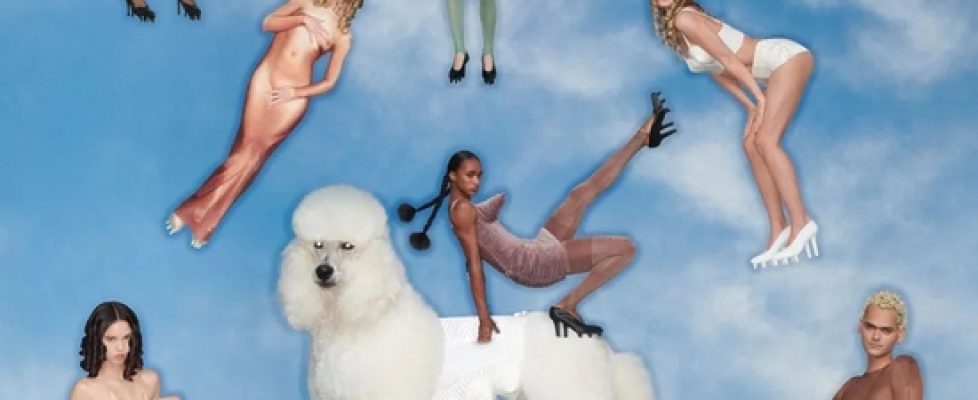People
People are one of the four pillars of the entire fashion market, the only consumers for FASHION. We classify the human beings that exist on this blue planet in terms of different colours, races and ages, but people are diverse, so we package ourselves in various items to present ourselves in a different way, so that we can have characteristics in a sea of people or find a group of people with whom we have something in common.
Today, Gen Z is the largest consumer group in the world market, “they are the first to grow up as digital natives – surrounded by technology and the internet for their entire lives”, writes Moran in ‘Drapers, Gen Z and Millennials 2022’. Indeed, this group of young people from 1995-2010 has brought to the market the development and use of social media, shopping software and websites. In order to attract more Gen Z customers, the most significant change has been in the way advertising is delivered, with more brands looking to the mainstream social media/short video sites nowadays, in addition to the regular TV shows. In China, half of China’s population aged between 10 and 29 years old are active Bilibili users…….Brands from Louis Vuitton to Fendi have already launched advertising campaigns on Bilibili (Zoe, 2021), and Dior has also launched an official account on this platform. Of course it’s not just the way ads appear, 73% of millennials and 63.5% of Gen Z respondents say they dislike about in-store shopping, 45% of the whole cohort say they want to see more self-service checkout tills in fashion stores.(Moran, 2022).Gen Z’s life is extremely dependent on electronics, and in this regard, Amazon Fresh offers a new payment method that allows purchasers to carry only their mobile phones, no while the self-service checkout replaces manual work with machines, greatly improving efficiency, and most people are more accustomed to spending with their bank cards.
In this more open age, people are more equal and tolerant of ‘others’ who are different from them, creating a society that is somehow similar but different, which is called diversity.
Unlike previous generations who were so strict about the gender distinction between men and women, young people are not surprised or accused if a man in a skirt appears on the street nowadays, but more often praise the courage of the person or even admire the way he dresses, and young people are now very accepting of LGBTG+ people. And these marginalised groups are often the inspiration muses for the fashion industry.For Jean Paul Gaultier Paris Men’s FW Fall 2011, the old codger had male models wearing dresses, stockings, long hair and lipstick. Jean Paul Gaultier’s Cyber Show, which was dubbed ‘the Best Show’ by Vogue, where you could see ethnically diverse, same-sex couples, older models with large birds, and pregnant ladies. During Jean Paul’s time at Hermès, he also added BDSM elements to his runway.

As a successful brand, it is important to have a wide audience, and when a brand has a diverse range of products, it means they have different levels of consumers. What is certainly true is that in a market that is increasingly dominated by GenZ, brands that are creative and successfully implemented are more likely to attract customers.
Reference[Accessed 15 October 2022]:
Moran, G. (2022) Drapers, Gen Z and Millennials 2022
Zoe, S. (2021)A Guide to Bilibili, China’s Gen-Z Hangout
Stuff, Y. (2022)With a Jean Paul Gaultier Collection, Lotta Volkova Aims for Shock, Awe, and Eccentricity
